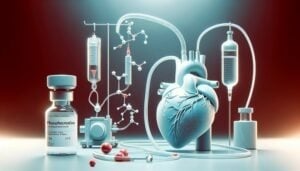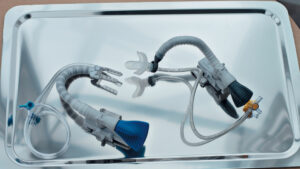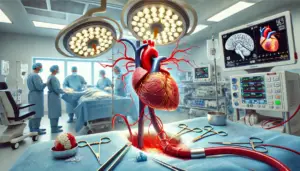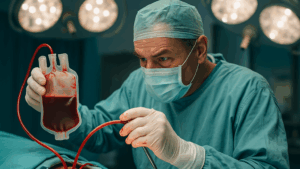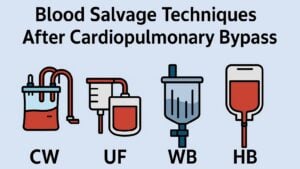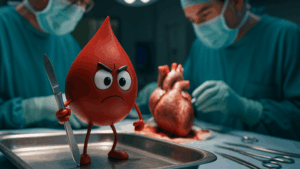Combined heart-liver transplantation (CHLT) is a complex procedure that treats multiorgan disease and organ failure.1-6 CHLT has become increasingly common in recent years because of advancements in surgical techniques and immunosuppression.2 The most common indications for CHLT include familial amyloidosis, cardiac cirrhosis caused by congenital heart disease and dilated cardiomyopathy, and homozygous familial hypercholesterolemia.3 Additionally, with the aging population, the need for cardiac interventions such as coronary artery bypass surgery in combination with liver transplantation is becoming increasingly common.7 There are several major challenges to the CHLT procedure, including hemodynamic instability following implantation and prolonged cold ischemia during organ preservation when managing the logistics of dual organ implantation or surgery. The recent availability of advanced perfusion in the United States has opened the possibility of a paradigm shift in safe duration of ex situ organ preservation.8,9 In CHLT procedures, machine perfusion allows more flexibility in preservation time to allow the opportunity for hemodynamic stabilization and weaning of cardiopulmonary bypass following the cardiac portion of the procedure.8 Additionally, it lessens metabolic disturbances with hepatic reperfusion including hyperkalemia, fluid overload, and acidosis, thereby lessening the stress on the newly implanted cardiac graft or revascularized heart.10 Our objective was to describe the first 3 cases of heart-liver procedures by means of ex situ NMP at Mayo Clinic Florida.
